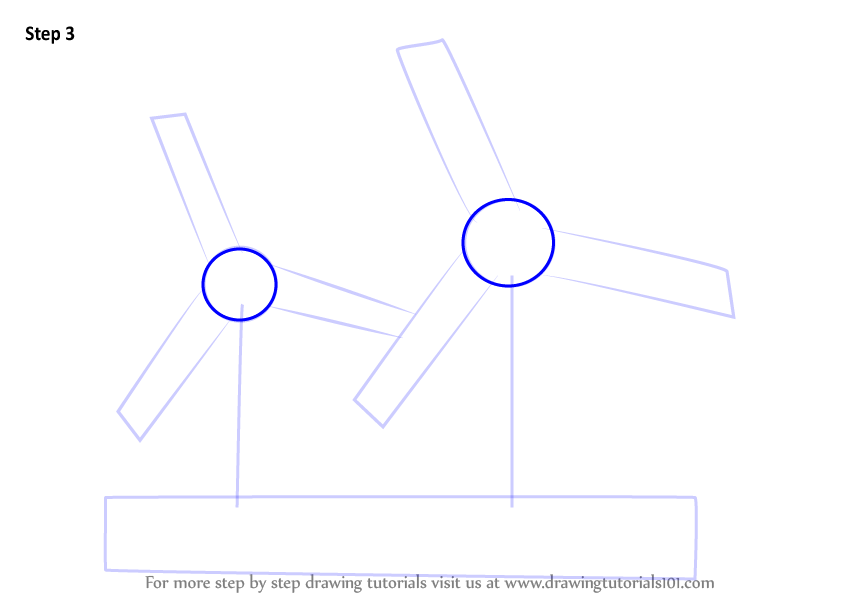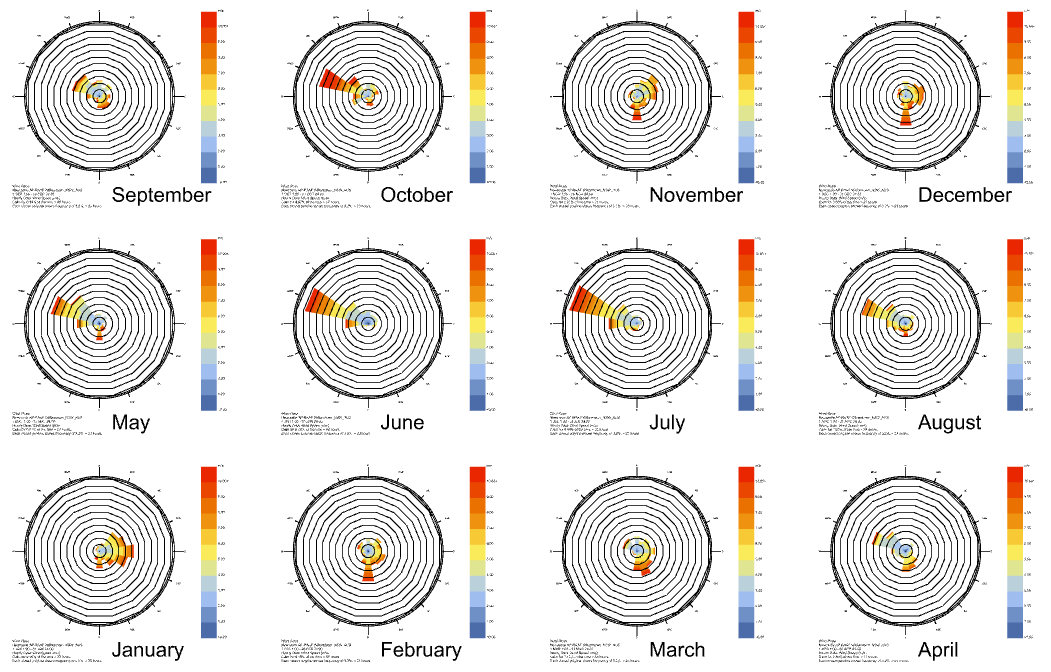

It is used for meteorology to give a concise view of how wind speed and direction are distributed at a location. Wind rose diagram plots data, like wind speeds, that are observed at angles around a circle. The shapes of the polygons can be used to identify individuals with similar characteristics. There is a plot for each individual sample, in which its values along each axis are joined by straight lines to form a polygon. There are axes for the variables, evenly distributed from 0 to 360 degrees. Radar chart or star pl ot displays two or more quantitative variables in the form of a two-dimensional chart. The chart has a row for each stem, containing the leaves of the numbers with that stem. Each number is split into a “stem” (the first digit or digits) and a “leaf” (the next digit or digits). Stem & leaf chart is another way of showing the distribution of a quantitative variable. Unlike a bar chart, there are no spaces between contiguous columns. Histogram displays the frequency distribution of a quantitative variable. Pie chart shows the proportions of a variable that occur in different categories.īar chart shows the number of samples of a variable occurring in different categories. It is often used to display results from principal components or canonical variates analyses. It can be helpful in regression analysis for viewing the relationship between a dependent and two independent variables.īiplot provides a graphical representation of the relationships between data units and variables. Surface plot is another way to show how variable changes according to two other variables. It can also show “limits of agreement”, that are intended to represent boundaries on the acceptable difference between the methods.Ĭontour plot shows how variable changes according to two other variables which could, for example, be directions on a map. It can thus, for example, be used to check an assumption of normality.ĭensity plot shows the distribution of a numeric variable.īland-Altman plot provides an effective way of assessing two different methods for measuring some quantity. Q-Q (quantile-quantile) plot is useful for assessing whether a sample may have come from a particular probability distribution. Multiple lines can be plotted to compare different variables.īox plot is used to display the sample distribution of a variable and detect extreme values or other unusual characteristics. Line plot illustrates how variable changes with respect to another variable, for example time. It can be used with relatively small sets of data groups. Scatter plot uses dots to represent the relationship between two numeric variables and shows how being high or low on one numeric variable relates to being high or low on a second numeric variable.ĭot plot displays dots to represent individual variables. The following list outlines some diagram types commonly used in statistics:

This blog offers a guideline for selecting the right plot type for your data. To communicate your data effectively, it is essential to use suitable types of plot, graph or chart.


In statistics, a rule of thumb for effective communication is to present numbers pictorially using charts and graphs. Words that are enhanced with appropriate graphs reduce or remove the need for lengthy explanations. It is often said that “A picture is worth a thousand words”.


 0 kommentar(er)
0 kommentar(er)
